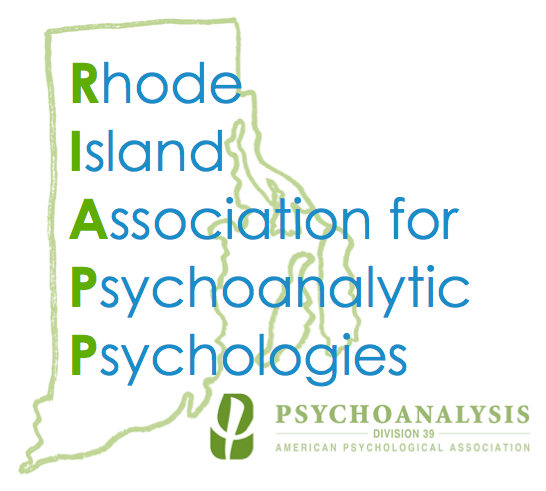Abstract
What is the felt-sense of being transgender or nonbinary and how do we know this? This lecture will understand gender through the lens of neuropsychoanalysis and construct how it can be used to aid transgender people in understanding their own gender. In addition, we will explore the effects of gender-incongruent mirroring for transgender and gender nonconforming persons’ ability to know their own feelings and its role in the development of shame. Finally, we will employ how we can use this understanding to develop practical clinical interventions.
Objectives
At the conclusion of this presentation participants will be able to:
1. Identify multiple aspects of mirroring by parental figures and therapists.
2. Gain knowledge of advanced neuronal processing and how it relates to gender.
3. Explain how poor interoceptive sensitivity is connected to embodied parental mirroring.
Bio
S.J. Langer is a writer and psychotherapist in NYC. He is also a clinical supervisor and mentor as a WPATH GEI SOC7 Certified Mentor. He is on faculty at School of Visual Arts in both the Art Therapy and Humanities & Sciences departments. His research lab studies embodiment and trans phantoms. One of his articles, Trans Bodies and the Failure of Mirrors, was the co-winner of the Symonds Prize from Studies in Gender and Sexuality. His first book Theorizing Transgender Identity for Clinical Practice: A New Model for Understanding Gender was a finalist for the Lambda Literary Award in 2020.
References
Grossman, A., D’Augelli, A., Howell, T., & Hubbard, S. (2005). Parents’ reactions to transgender youths’ gender nonconforming expression and identity. Journal of Gay and Lesbian Social Services, 18(1), 3–16.
Keo-Meier, C. L., Herman, L. I., Reisner, S. L., Pardo, S. T., Sharp, C., & Babcock, J. C. (2015). Testosterone treatment and MMPI–2 improvement in transgender men: A prospective controlled study. Journal of Consulting and Clinical Psychology, 83(1), 143–156.
Pollatos, O., Gramann, K., & Schandry, R. (2007). Neural systems connecting interoceptive awareness and feelings. Human Brain Mapping, 28, 9–18.
Avgi Saketopoulou. (2020) Thinking psychoanalytically, thinking better: Reflections on transgender. The International Journal of Psychoanalysis 101:5, pages 1019-1030.
Winnicott, D. W. (1965). Ego distortion in terms of true and false self in maturational processes and the facilitating environment. In: The Maturational Processes and the Facilitating Environment: Studies in the Theory of Emotional Development, ed. M. Masud and R. Khan. London, UK: Hogarth Press and the Institute of Psycho-Analysis, pp. 140–152.

